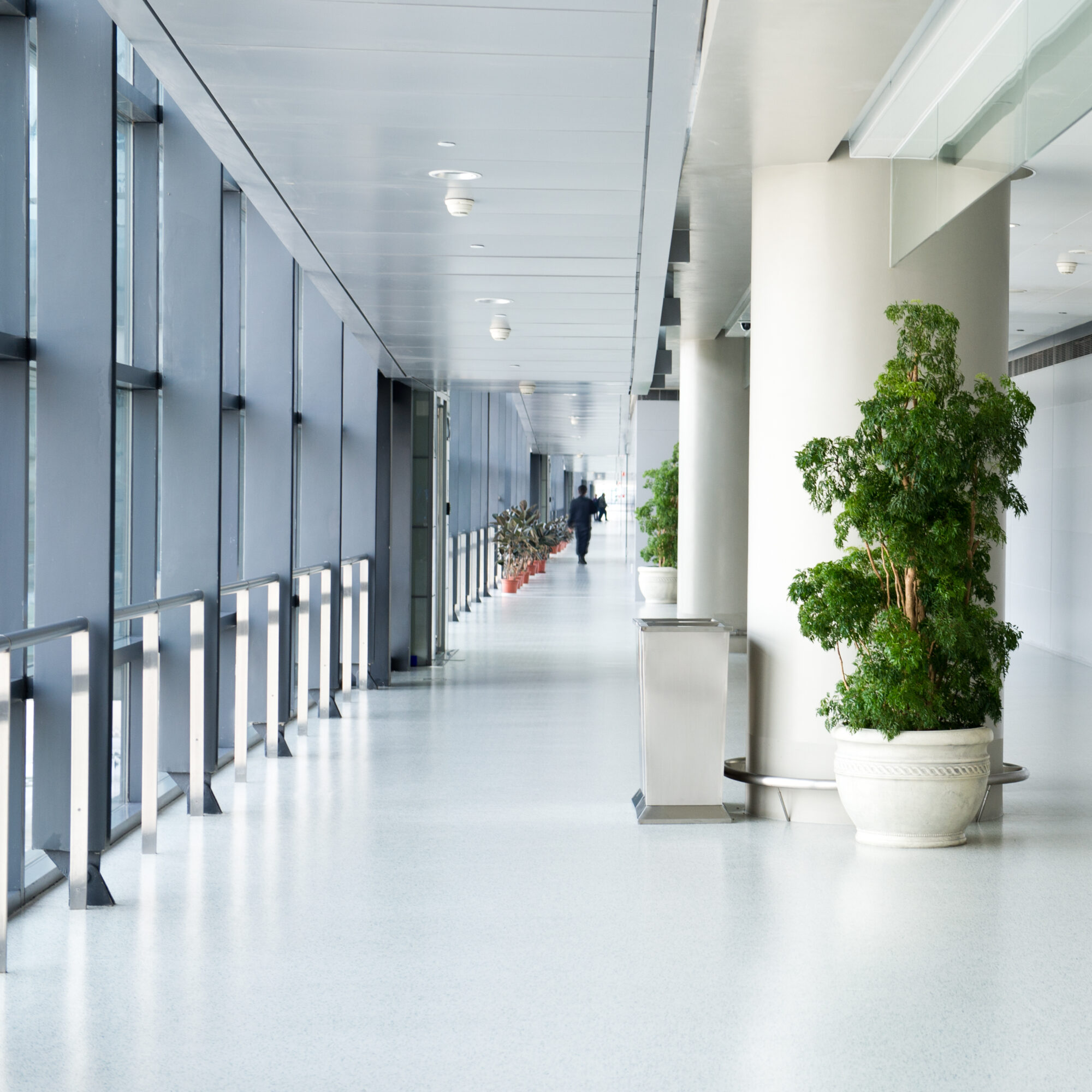© 2025 Genea Energy Partners, Inc. All Rights Reserved.
The BOMA/GLA Sustainability Committee recently hosted a webinar on best practices for green leasing. Here are our key ta...
Talk to an expert
Give us a call



